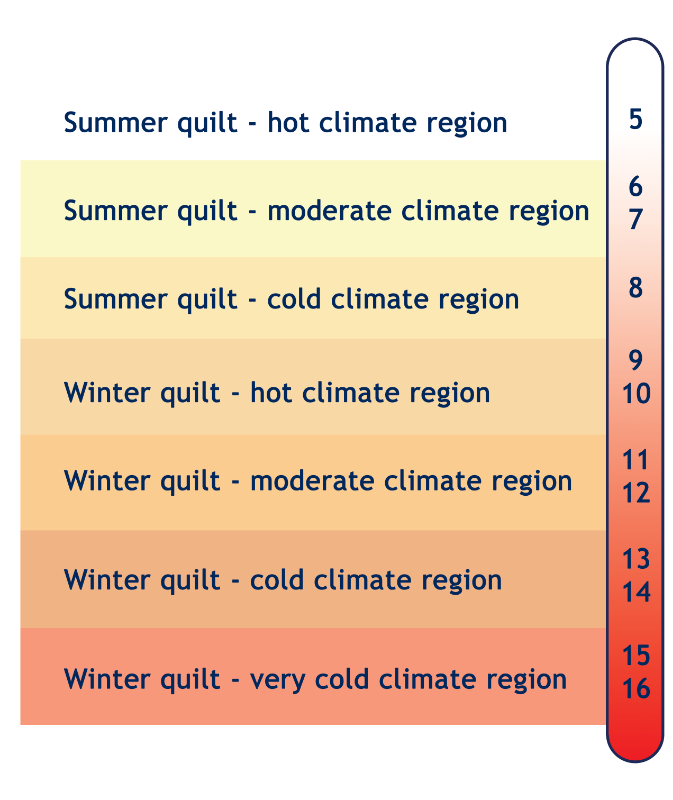comfort terminologies
A. Over Lock
It is a stitch produced by using one or more threads to enclose the raw edges of fabric ply or plies, over lock stitches are used to produce a seam finish for the edge to prevent fraying, raveling or rolling of the edge.
B. Combed Yarns
In staple fiber processing, combing is an optional process that can be used when high quality combed yarn production is required. Combing operation results in an improvement in yarn quality and enables spinner to spin finer count yarns than would be possible with carded yarn.
Objectives of combing process are:
- To remove predetermined amount of short fiber.
- To remove neps and impurities.
- To improve degree of parallelization of the fiber inside the yarn.
Combed yarn is made only of long fibers to give more:
C. CARDED YARNS
In the processing sequence of carded yarn, combing operation is cancelled and cotton passes directly from Carding to drawing and ring spinning. Therefore carded yarn is cheaper in production but of inferior quality compared with combed yarn. Carded yarns contain higher percent of short fibers and their staple fibers are less parallel so yarn is weaker and more hairy which do not enable spinner to produce fine count yarns. Accordingly, carded yarns are used for producing inexpensive cotton fabric.
D. SELVAGES
The lengthwise sides or edges of a fabric.
E. TOG
What is Tog?
An international standard for heat insulation capacity.The more Tog mark the product is labeled with,the more insulation (warmth)
it will provide to your body.
* Add one Tog in case of using quilt cover.

F. THREAD COUNT
TC is the number of threads that are interlaced in square inch of the fabric. For instance, linen of 180 T.C contains 180 threads per square inch, which means that it is made of approximately 90 threads per inch in the weft (widthwise direction of fabric), and 90 threads per inch in the warp (lengthwise direction of fabric). As a result, it is clear that the total number of threads in both warp and weft directions are 90+90=180 which is called T.C. Accordingly, thread count 200 T.C means the presence of nearly 100 threads lengthwise and 100 threads. Widthwise, so T.C is 100+100=200TC (near figures for warp & weft can also be used to reach 200 TC. For Example, 120+80=200TC. It is important to remember that generally, the higher thread count T.C of a sheet the better is its quality. Due to its better feel, softness, strength and longer life expectancy. Due to the importance of thread count (TC) in linens, international five star hotel chains like Hilton, Intercontinental, Sheraton…etc, recommend linens of minimum 180 T.C for bed sheets, and may reach up to 300 TC for patterned linen fabric which usually used for pillowcases & duvet covers.
HOLLOW FIBERS
1. Hollow Fibers
Polyester hollow fiber has been introduced to the market recently on 1980, the cross section of this fiber has tubular form that contains one or more holes (similar to spaghetti Macaroni shape) it gives the following advantages over solid fiber:
- More Resilience / Recovery.
- More Bulky & Fluffy.
- Higher Heat Insulation.
- Better Cover. Lighter in Weight.
- Higher Absorption of Water and Perspiration.
2. Solid Fiber
It is polyestter fiber with solid cross section and has no holes, this was the basic fibers row material used for filling of bedding products until hollow fiber was introduced to the market.

WRAP / WEFT
Woven fabric is constructed from the interlacing of yarns woven at right angles to each other, so as to Produce the structure of the woven fabric. The lengthwise yarns are called “warp” and the width wise yarns are called “weft”.

 العربية
العربية
Login and Registration Form